Grace Lapointe’s fiction has been published in Kaleidoscope, Deaf Poets Society, Mobius: The Journal of Social Change, and is forthcoming in Corporeal Lit Mag. Her essays and poetry have been published in Wordgathering. Her stories and essays—including ones that she wrote as a college student—have been taught in college courses and cited in books and dissertations. More of her work is at https://gracelapointe.wordpress.com, Medium, and Ao3.
January 16, 2025, marked the 100th anniversary of the publication of F. Scott Fitzgerald’s novel The Great Gatsby. The New York Public Library celebrated with a party, following a special performance of the Broadway musical adaptation of the novel. Simon and Schuster recently released a new audiobook with an introduction by Jesmyn Ward.
The novel’s theme of reinventing oneself is timeless. The ideas of living a lie by reinventing yourself and wealth making people callous are equally resonant today. How did this novel become so influential, especially on other American novels, and a fixture on high school syllabi? Was it always a bestseller? What aspects of Gatsby hold up, and which ones have aged terribly?
Fitzgerald’s original title for The Great Gatsby was Trimalchio in West Egg. I think the publisher was right to change it. Trimalchio is a character from the ancient Roman work The Satyricon. Combined with the fictional West Egg neighborhood, this reference is cryptic. Gatsby is now an icon in his own right. He doesn’t need a classical allusion for us to notice the theme of excessive wealth.
In 2014 NPR interview, Maureen Corrigan, the author of So We Read On: How The Great Gatsby Came to Be and Why It Endures, explained how Gatsby became popular. Initial reception was mixed, ranging from the headline “Fitzgerald’s Latest a Dud,” to Modernist poets like T. S. Eliot saying they loved it. When Fitzgerald died in 1940, Gatsby was unpopular (but not out of print). A few years later, it was republished for US service members in World War II, and 123,000 copies were given to members of the military through the Armed Services Editions.
After World War II, Gatsby was no longer an obscure book with mixed reviews. It was considered a classic and became a staple of countless high school syllabi. Constance Grady wrote that Gatsby was ideal for many 20th and early 21st-century English teachers’ emphasis on New Criticism. It’s a great choice for close readings of short passages and analyzing symbolism. However, historical context is also crucial and should never be downplayed, especially in terms of bias.
The Great Gatsby possibly condemns white supremacist theories but uses racist language elsewhere. Tom Buchanan reads white supremacist books and goes on racist rants. Daisy mocks him for this. It’s easy to read this as condemning Tom’s overall bigotry. However, Fitzgerald also expressed racist and antisemitic views in real life.

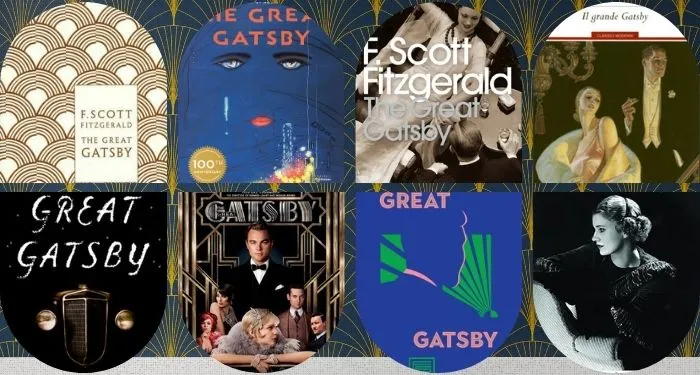

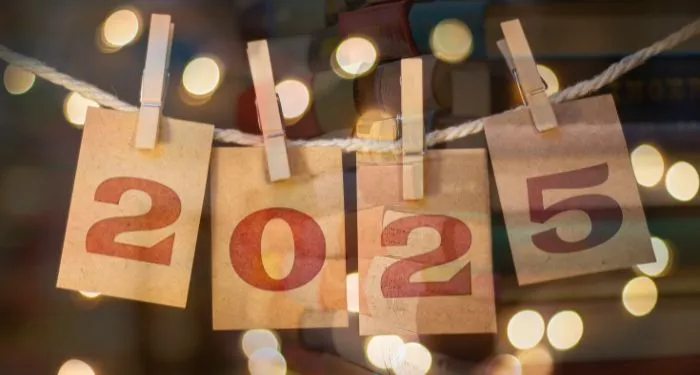
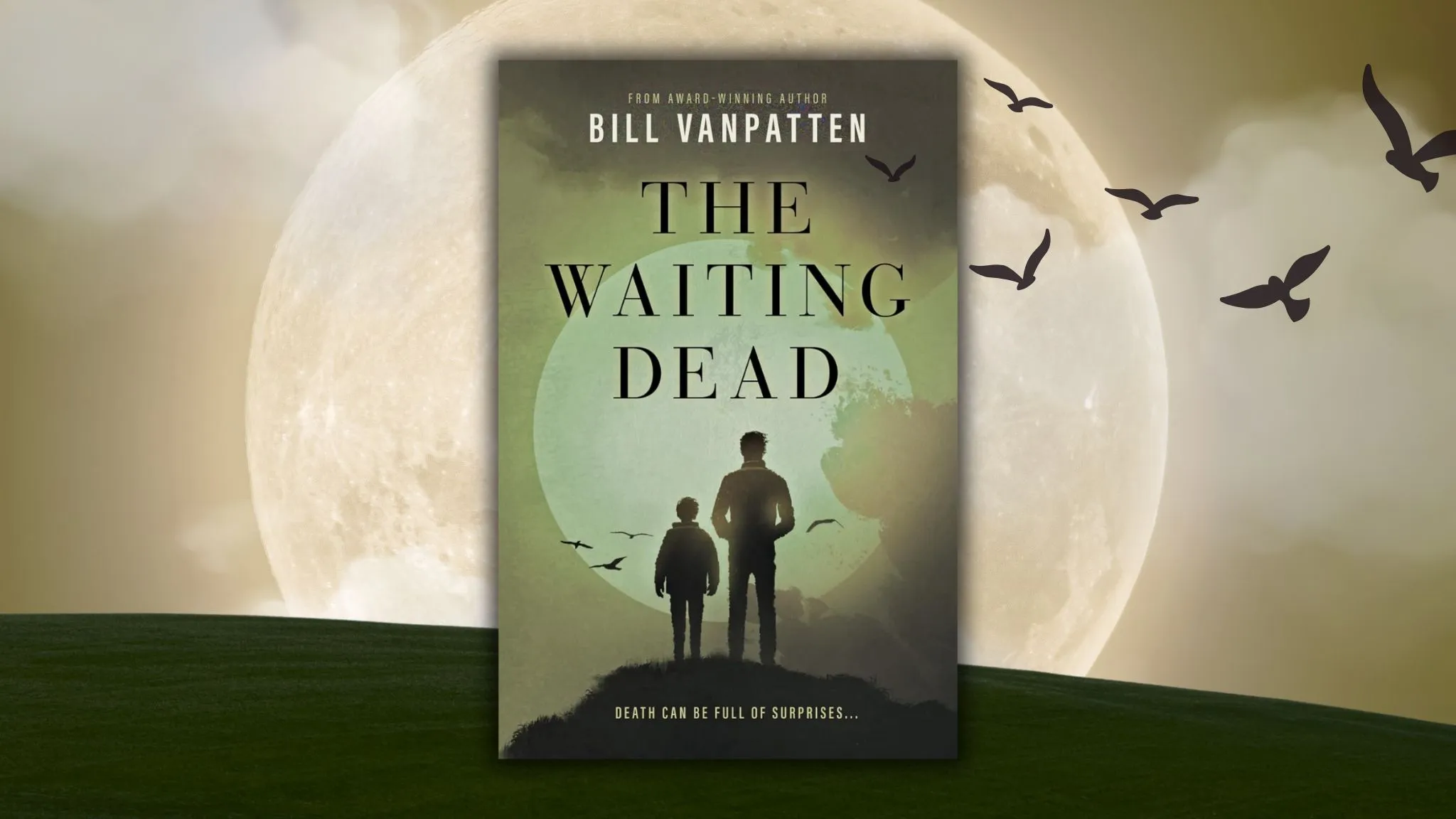
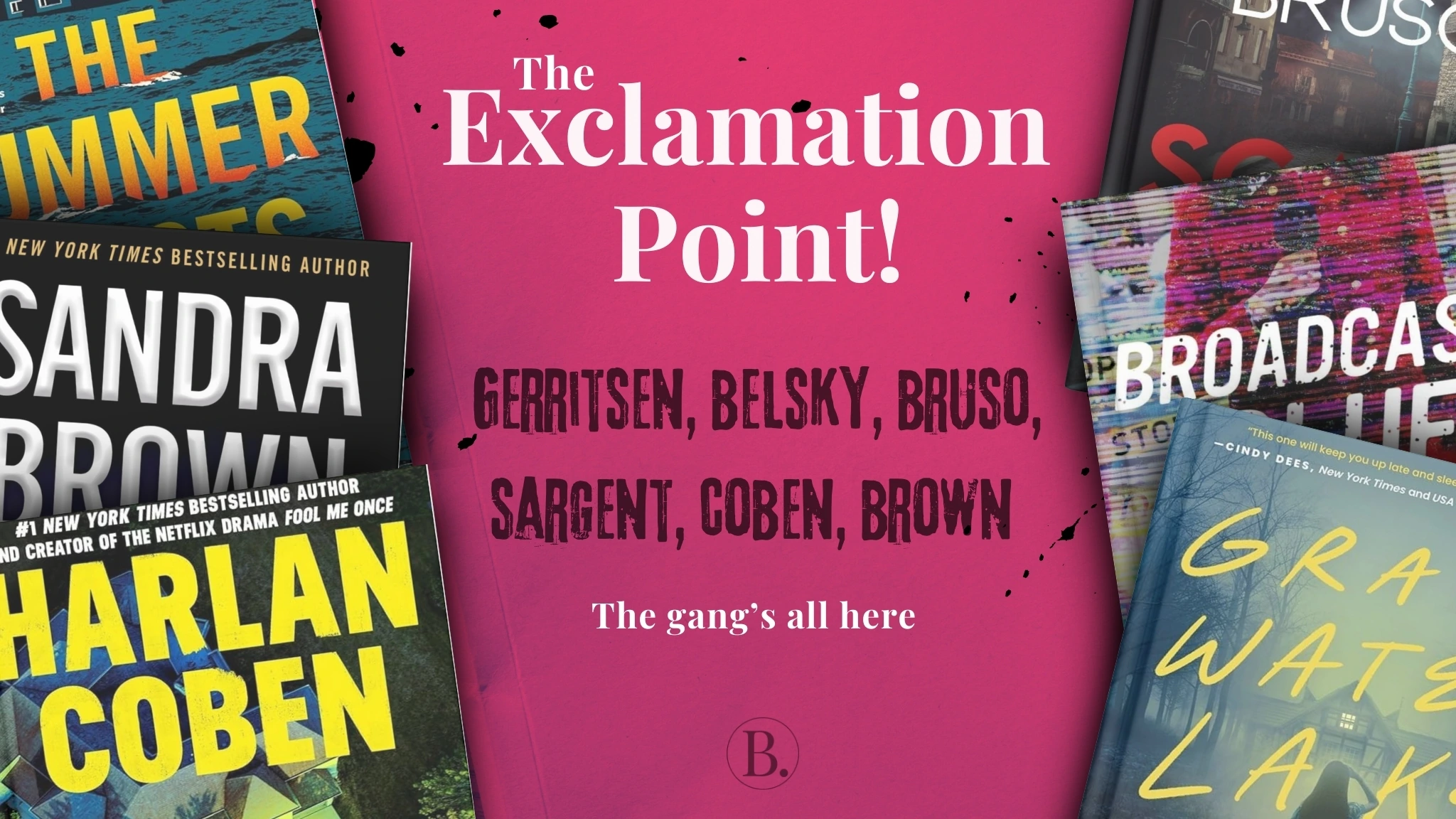
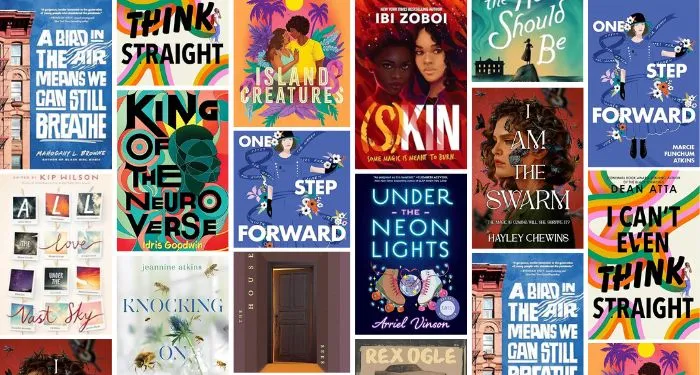

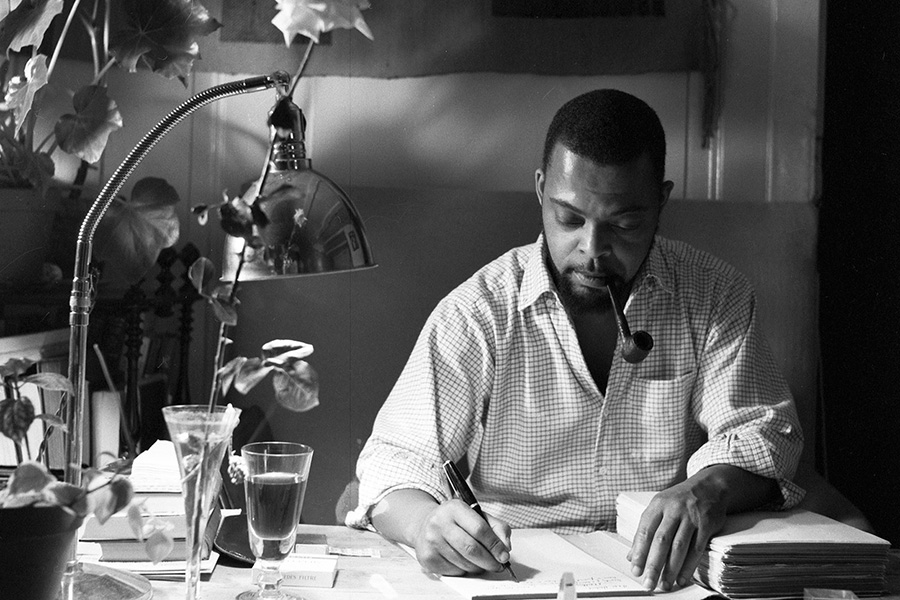



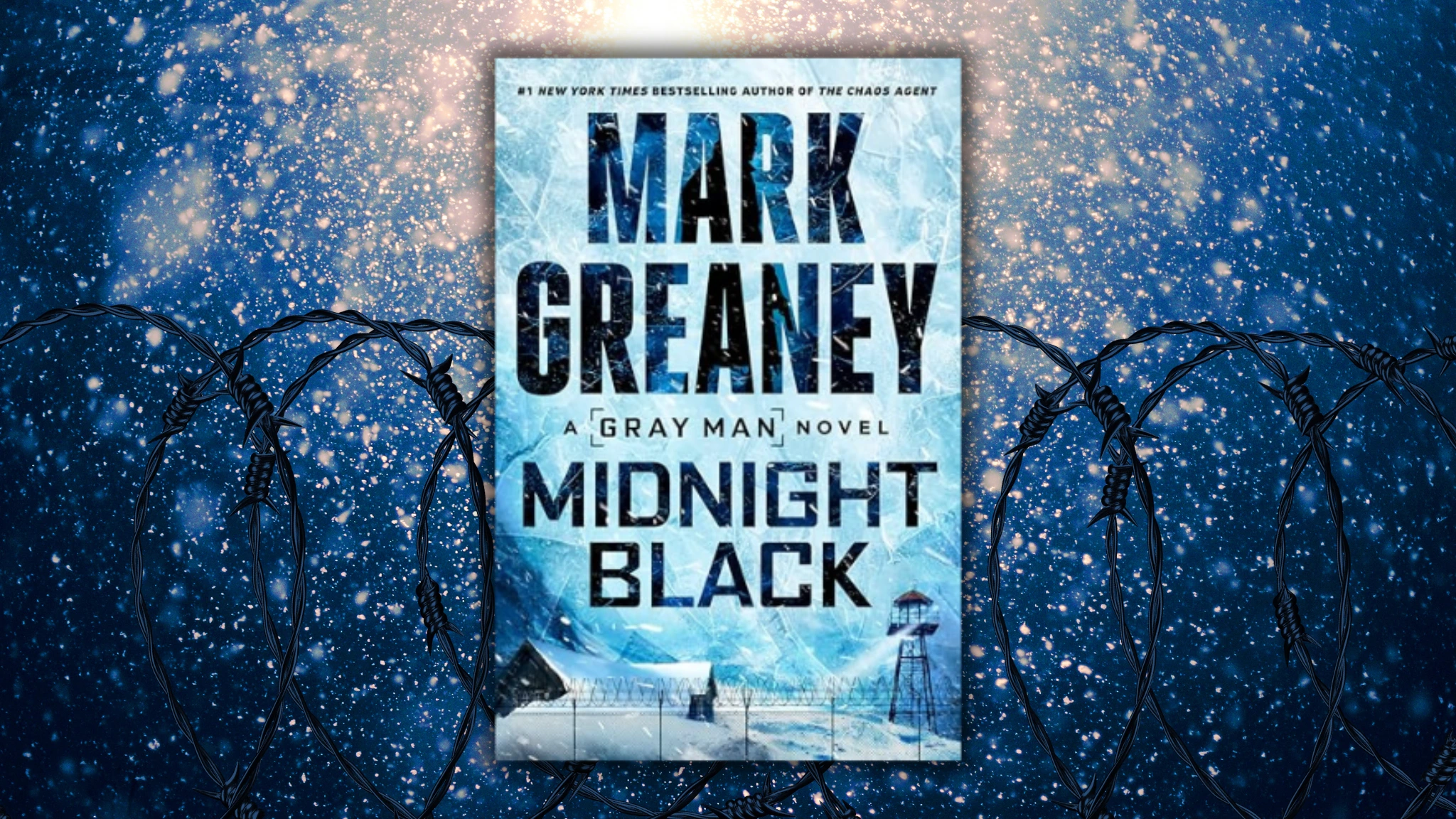

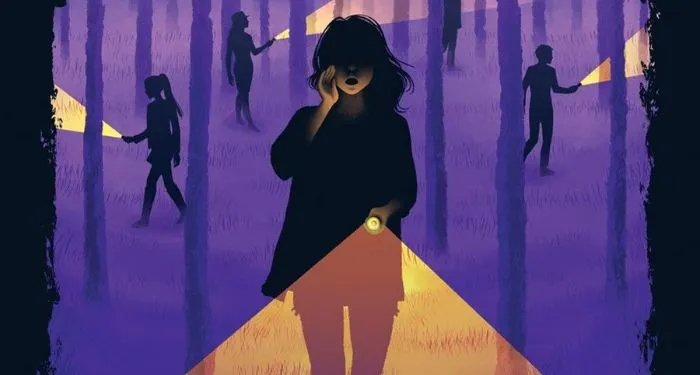

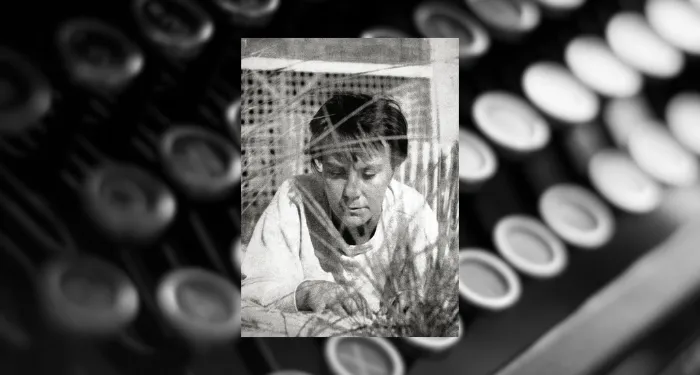

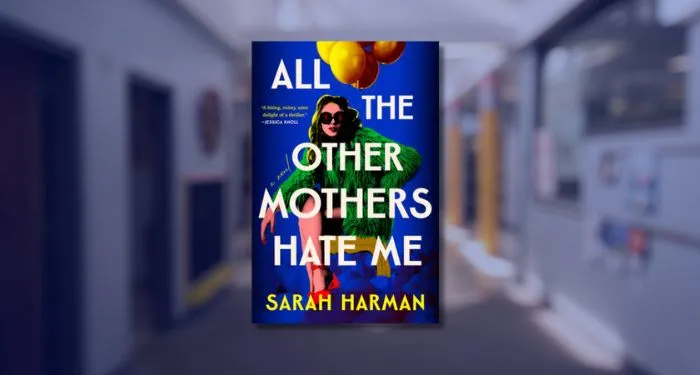
 English (US) ·
English (US) ·